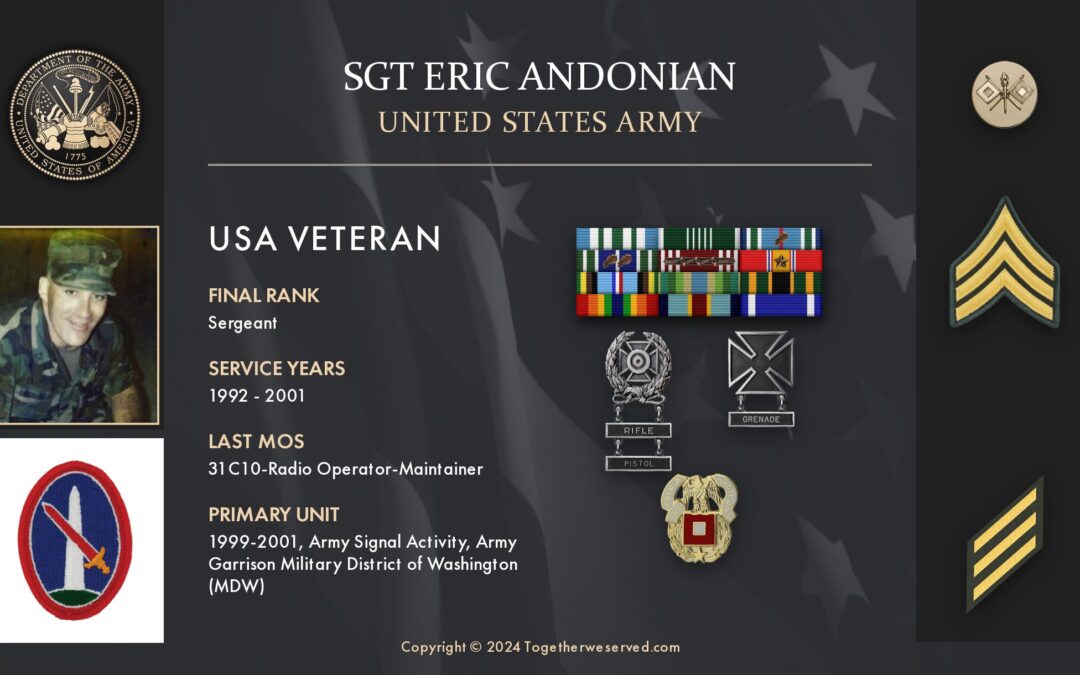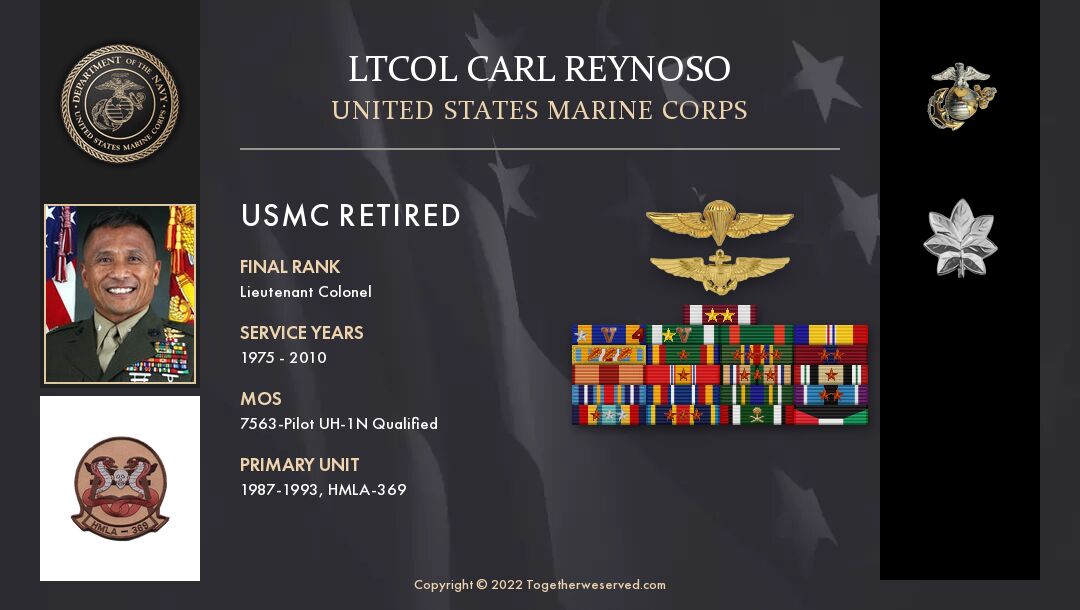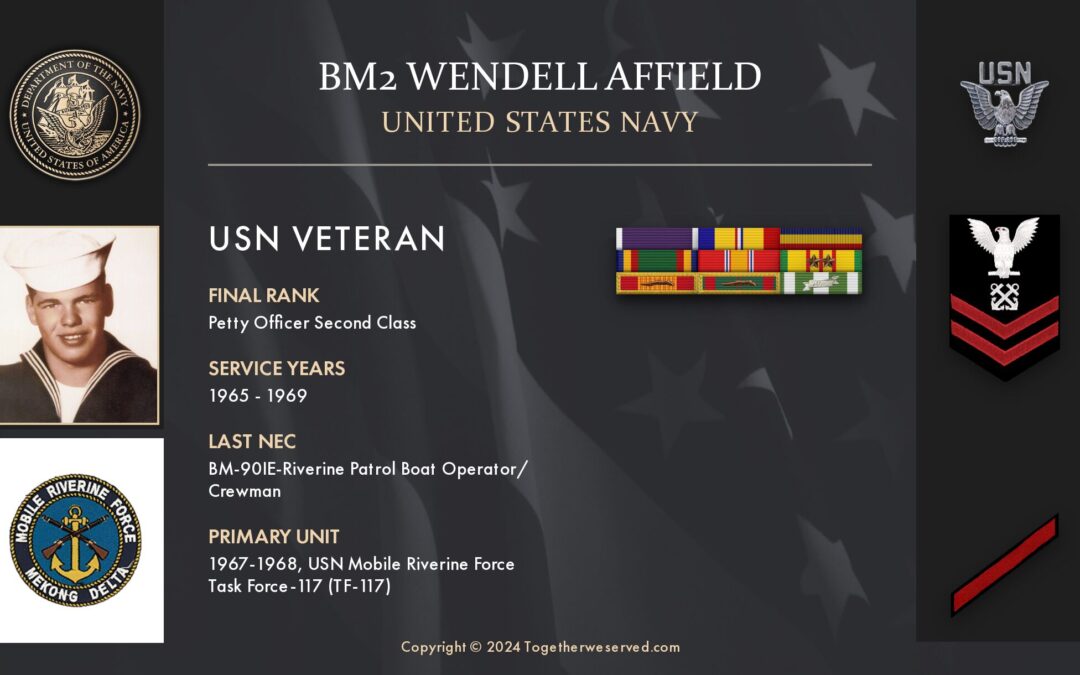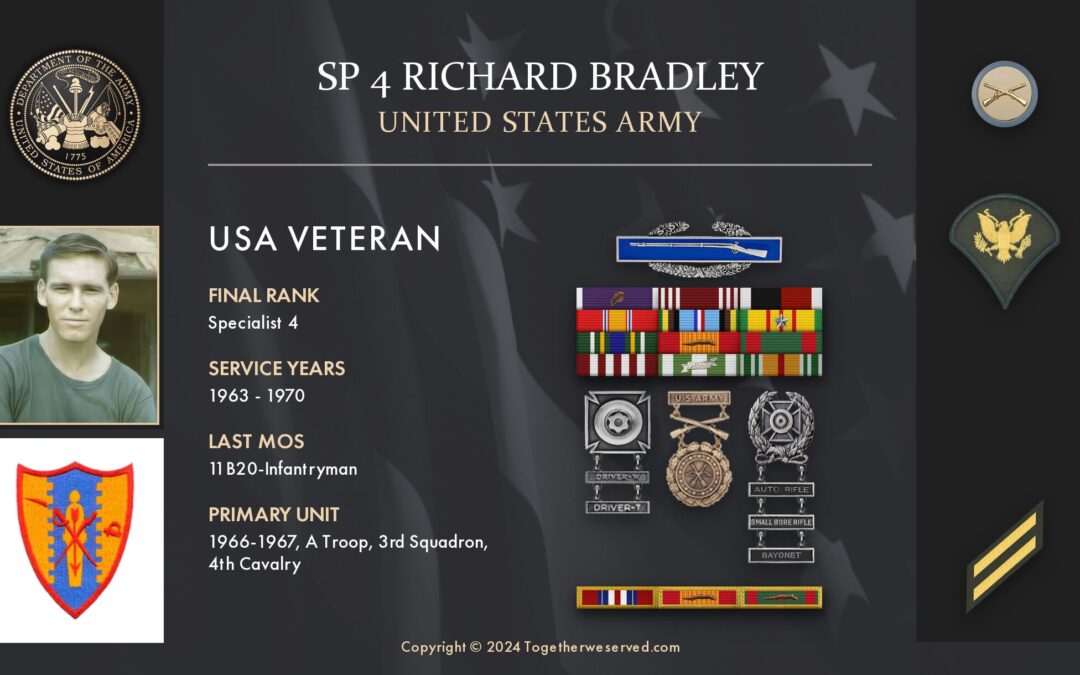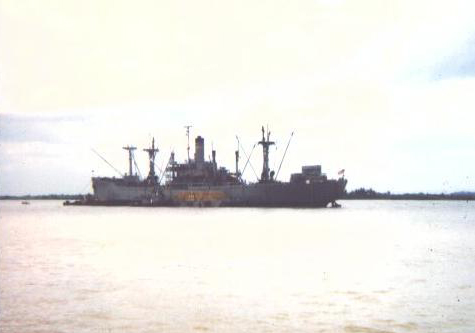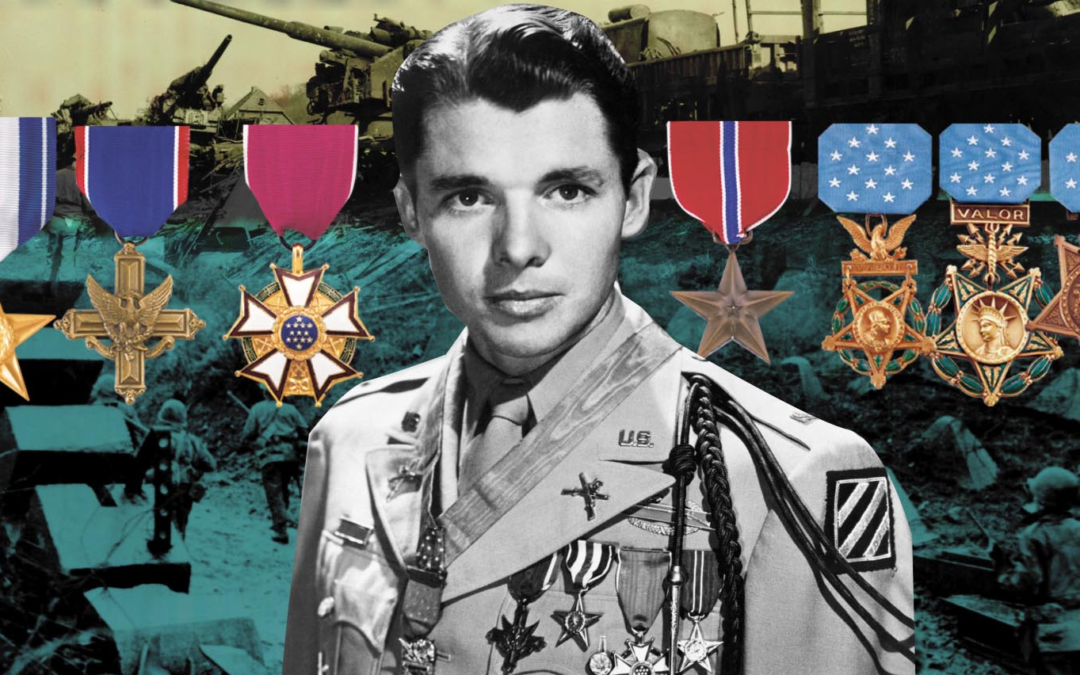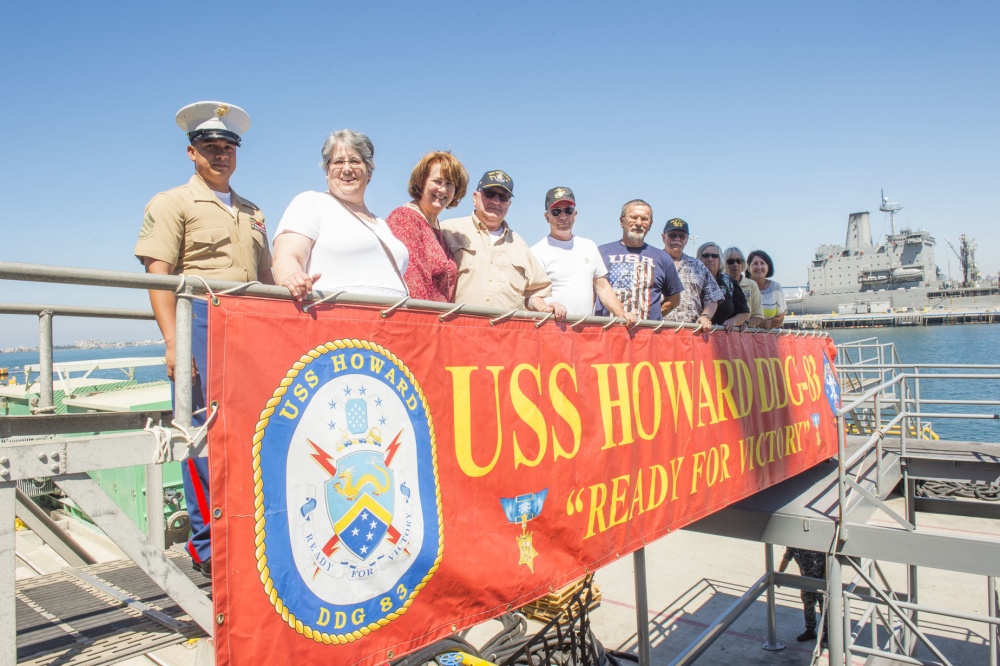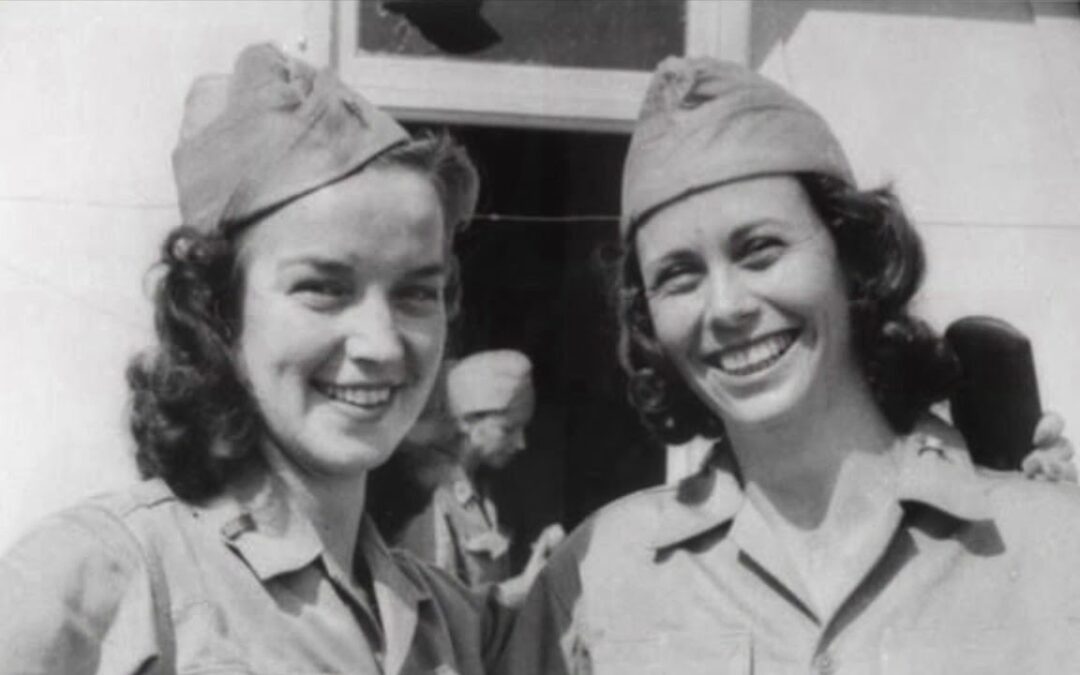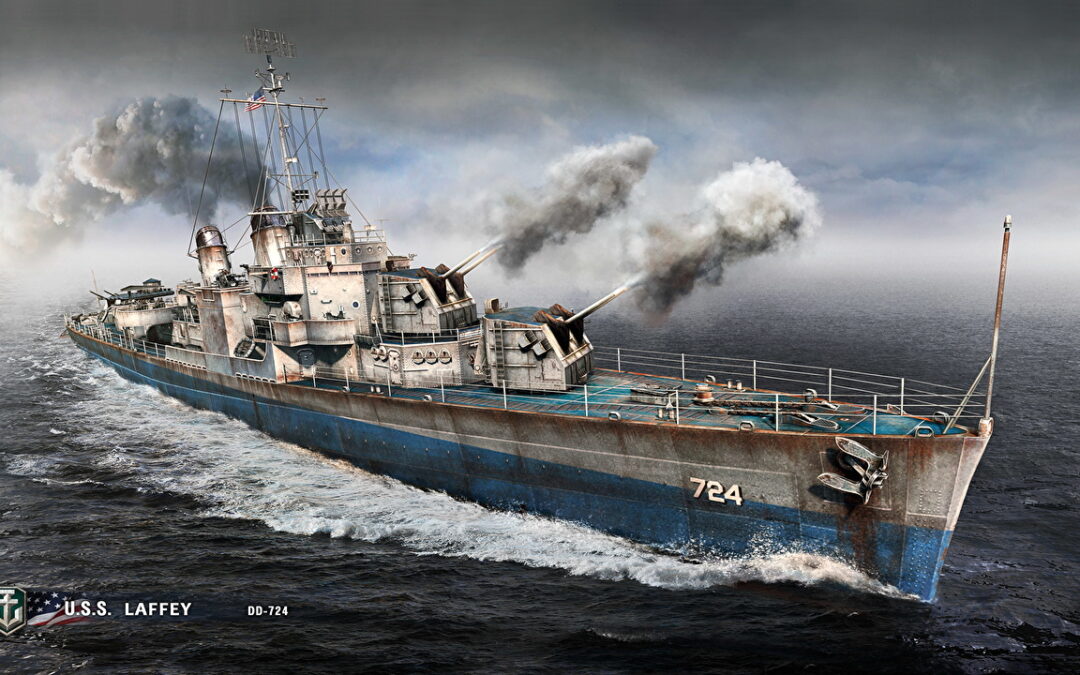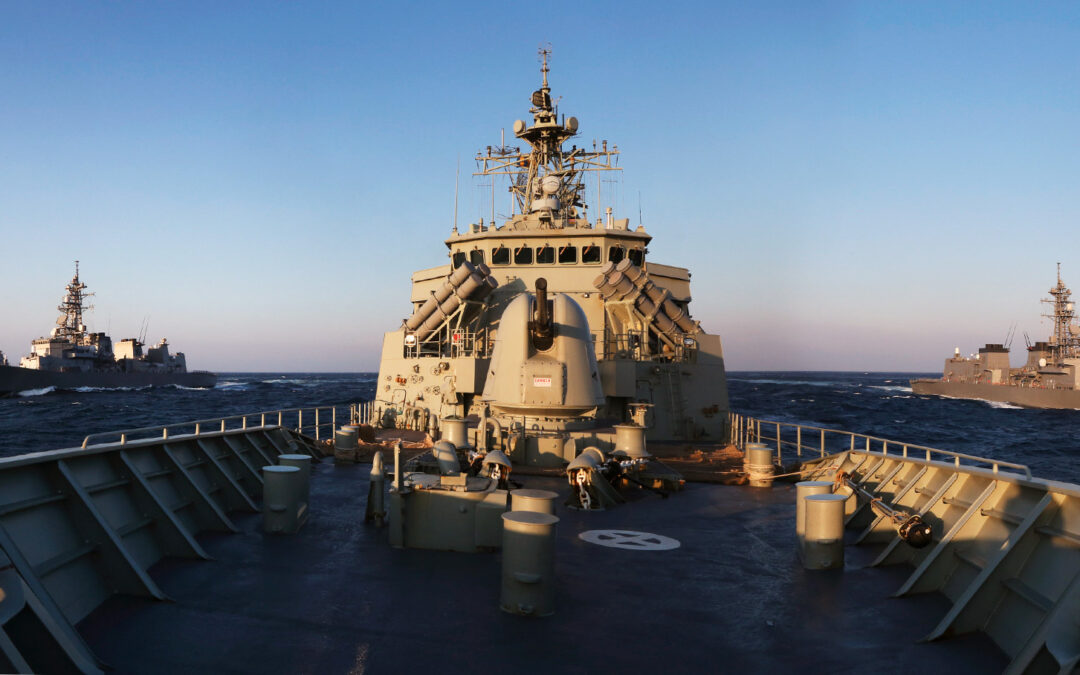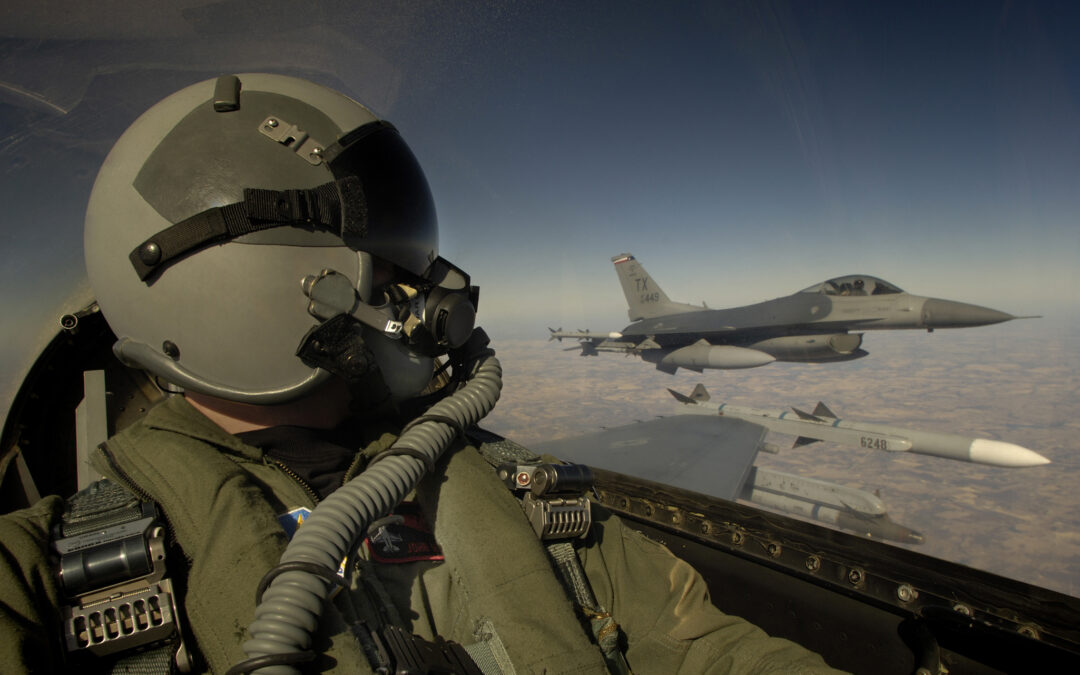Influencer #1: The military always fascinated me; my dad grew up in Tehran, Iran (an Armenian), and he served in the Persian Army (Iran, 1941).
He was a very proud American and loved this country, and I remember him taking us to Long Beach harbor (California) to see an aircraft carrier (the 1960s). That was an amazing experience (I can still visualize those torpedoes)!
Influencer #2: We lived through the hushed horror of Vietnam, and I think my parents kind of shielded us from it. I don’t remember ever seeing it on TV or talking about it. When I turned 18 (1978), my mom actually hesitated (slightly) when I jokingly questioned signing up for Selective Service registration. She talked about my staying with my friend in Canada if the next war was FUBAR like Vietnam. That surprised me because she strongly supported our nation and its laws.
